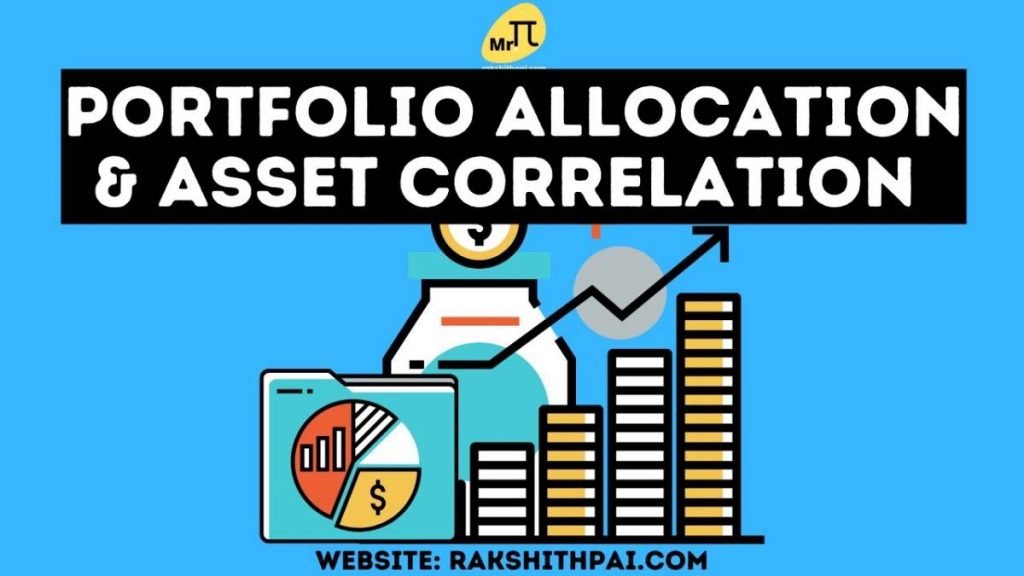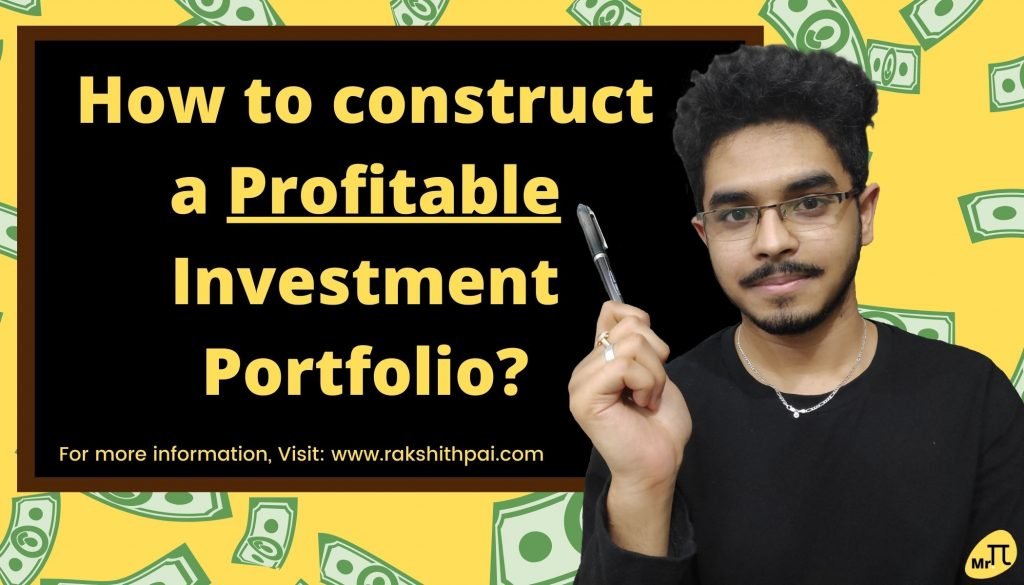Table of Contents
What is the Time Value of Money?
The notion of the time value of money (TVM) is essential to the study of finance because it describes the dynamic relationship between monetary value and the passage of time. It explains why cash now is worth more than it will be in the future. Income potential is used to determine the present and future value of a sum of money.
It is generally accepted that receiving a sum of money in the present is preferable to receiving the same amount of money in the future. This is so because the funds you have available now can be invested to generate a return and grow into even more resources down the road. If you are expecting it in the future, there is also the possibility that the money owed to you will never be paid.
Since the quantity of money invested rises over time, investors would rather obtain the same amount of money today than in the future. Money saved, for instance, can accrue interest. In the long run, the interest accrued is added to the principle and earns even more interest. What you see there is the magic of compound interest at work.
TVM example:
Without proper investment, money loses its purchasing power. If you put Rs. 1,000 in a mattress and forgot about it for three years, you would have lost the Rs. 300 (considering 3% interest on savings) in interest that you could have made had you invested the money instead. As a result of inflation, its purchasing power will decrease even further by the time you get it back.
How does the Time Value of Money work?
A simple example can be used to demonstrate the temporal value of money. Imagine you’re being offered employment with a choice between being paid Rs. 1,00,000 now or Rs. 1,10,000 a year from now for the same amount of work.
In what way would you like to be compensated? The answer is found in the rate of return the money can get through investments right now. Since Rs. 1,10,000 is 110% of Rs. 1 lakh, if you expect a better return on your investment than 10% annually, you’d be better off taking the Rs. 1 lakh now.
Conversely, if you don’t believe you can earn more than 9% on the money in the following year through investment, then you should take the Rs. 1,10,000 payment in the future, provided you trust the individual to pay you.
10 Best Investments for Any Age!
Time Value and Purchasing Power:
Both inflation and the buying power of a currency are affected by the passage of time. Both are important to think about, along with the potential return on investment.
Explain why it’s significant. Considering that over time the purchasing power of money decreases due to inflation, commodity prices, including those of gas and groceries, are a good indicator of this. If you were given a gift card for Rs. 1,000 worth of free groceries in 2020, you could have gotten a lot more items with that money than you would have been able to get with the same amount of money now.
Since the real return on investment is determined by subtracting the rate of inflation from the rate of return on the investment, inflation and buying power must be taken into account when deciding how to allocate capital.
A positive nominal return on investment may mask a real loss in buying power if inflation is running greater than the rate of return on the investment. If the rate of inflation is 15% and you earn 10% on your assets, you will really lose 5% in purchasing power each year (10% minus 15% = -5%).
How to Calculate the Time Value of Money
When calculating the time value of money, the calculations vary depending on the timing of the cash flow and the desired direction of valuation. Which way you go depends on whether you’re interested in the present (now) or future (later) value (the value at a date in the future).
Plus, the algorithms vary greatly depending on the cash flow scenario. In order to determine the value of a sum of money or a stream of payments (such as Rs. 10,000 per year for the next five years), you can use either the present value or the future value method.
The time value of money is determined by discounting a series of cash flows to account for the passage of time. The part is based on the expected interest rate at the time and the number of periods by which the cash flow would be affected.
Time Value of Money Analysis:
The notion of the time value of money quantifies the future earning power of a sum of money. As a result, it facilitates the comparison of the present value of an amount with its expected future worth in a variety of financial contexts. Depending on the findings, they may or may not elect to put money into a business, asset, or security.
To accomplish the following, financial institutions employ the TVM concept:
- This tool is useful for assessing various investment opportunities. Before making a decision, those who give money weigh the possible benefits against the costs and other factors.
- As a result of the evaluation, investors select the finest investment proposals, taking into account the TVM.
- Lenders calculate interest rates for loans, mortgages, and other financial instruments by considering both their immediate and long-term benefits for themselves.
- To set fair wages and prices, it is helpful to have a firm grasp of the purchasing power of money.
In the same way, the value of the money and how it changes over time has a big impact on when an investment matures, a loan must be paid back, etc.
Relative Valuation Model – Features, Types, Pros & Cons explained:
Why is the time value of money important?
Choices can be improved with the help of the time value of money. It is reasonable to assign different values to the same quantity of money over different time periods. Therefore, the time value of money helps level the playing field between various investment strategies.
For this reason, businesses frequently utilize the time value of money to evaluate multiple projects with varied cashflows. When evaluating the profitability of a project with both an upfront cost and ongoing revenue, businesses often factor in the time value of money. The time value of money is a concept that companies may use to meet public or regulatory reporting requirements.
The time value of money is a concept used by private investors to gauge the long-term value of their holdings and liabilities. In order to predict how much money an investor will have in retirement, the value of money over time is taken into account.
Time Value of Money Formula:
The formula for the time value of money can vary slightly depending on the specifics of the circumstance. In the case of annuity or perpetuity payments, the overall formula may include more or fewer components. The simplest basic TVM calculation, however, accounts for the following factors:
- FV = Future value of money
- PV = Present value of money
- i = interest rate
- n = number of compounding periods per year
- t = number of years
Based on these variables, the formula for TVM is:
FV = PV x [ 1 + (i / n) ] (n x t)
Conclusion:
Time Value of Money (TVM) calculations is useful in assisting the financial sector in making informed investment choices. It’s a way for big spenders to evaluate all their investment choices and pick the ones they think will bring them the most return. The interest rate and repayment period for loans and mortgage schemes are then established, taking into account the anticipated loss in the value of money. Finding TVM also aids in setting consumer prices and worker wages.
These numbers show that the value of money today is not the same as the value of money tomorrow, and vice versa. For this reason, it is crucial to understand how to compute the time value of money so that you can evaluate the present and future value of monetary possibilities. Possible alternatives include investing, buying a car, refinancing a mortgage, or giving to charity. The time value of money must be accounted for whenever cash inflows or outflows are involved.
Disclaimer: All the information on this website is published in good faith and for general information purposes only.









